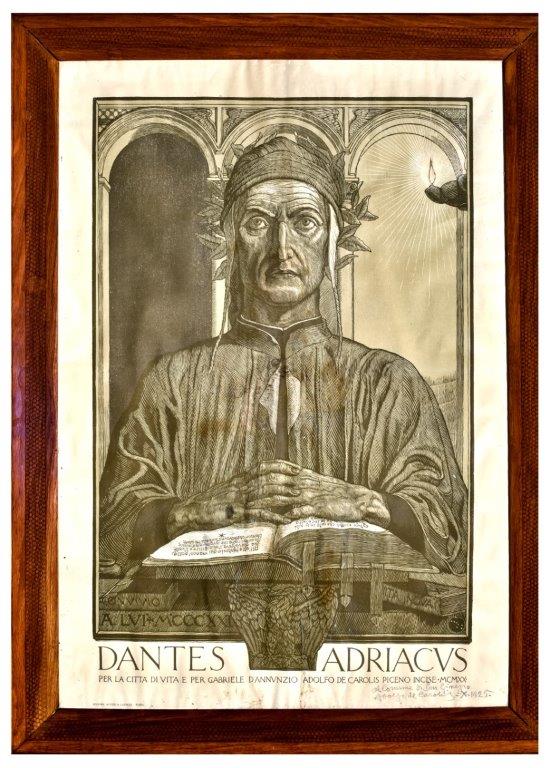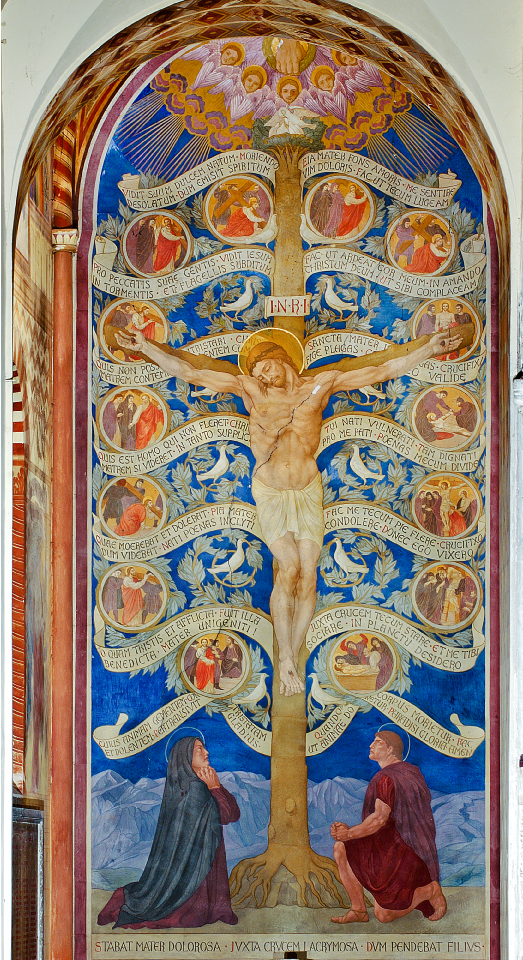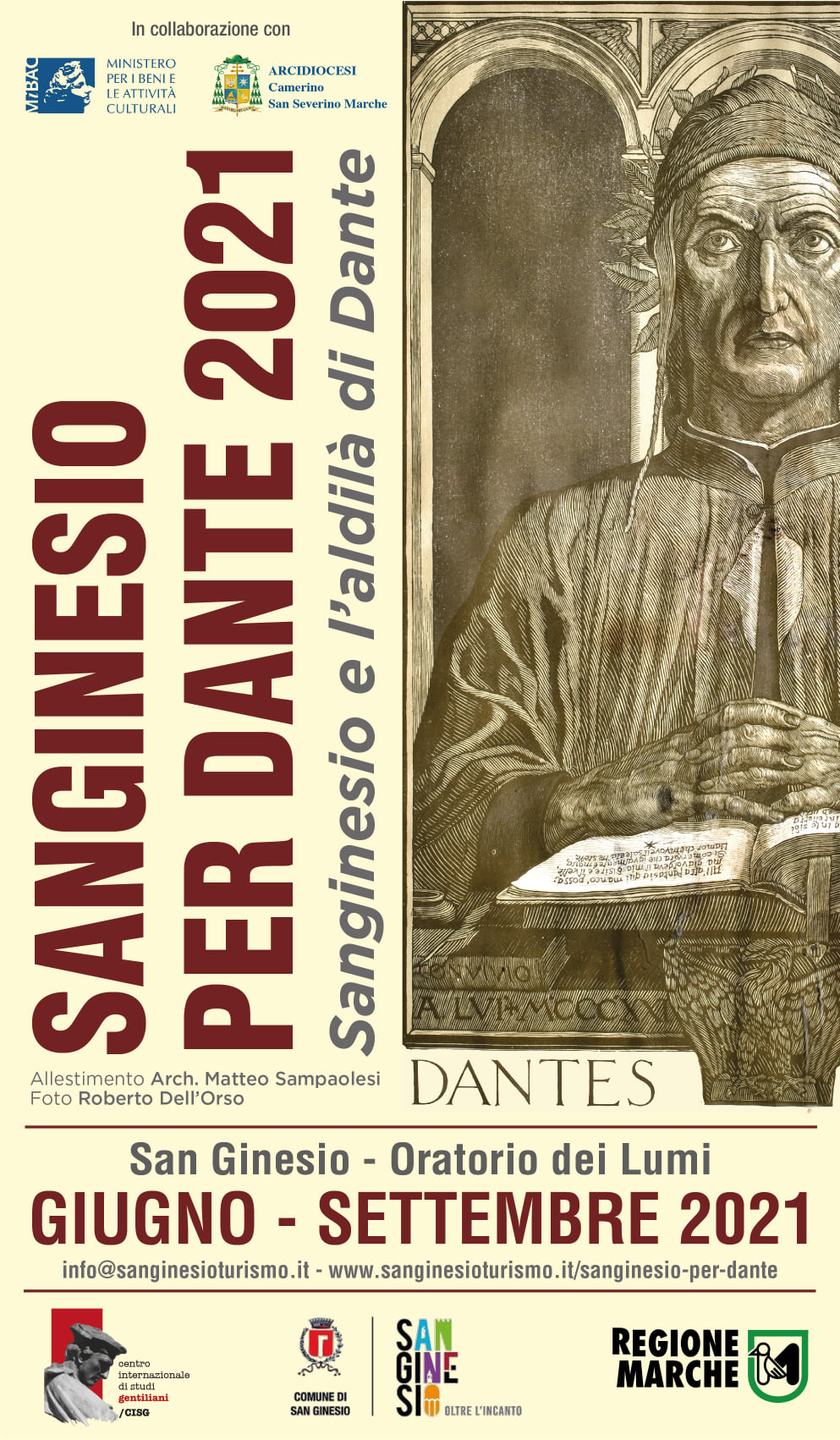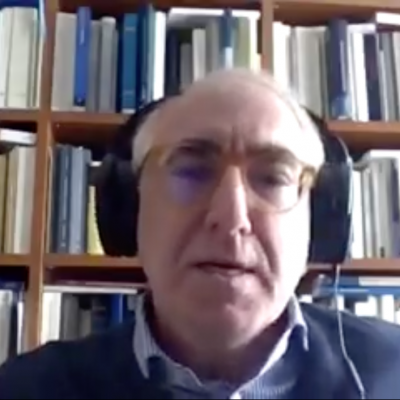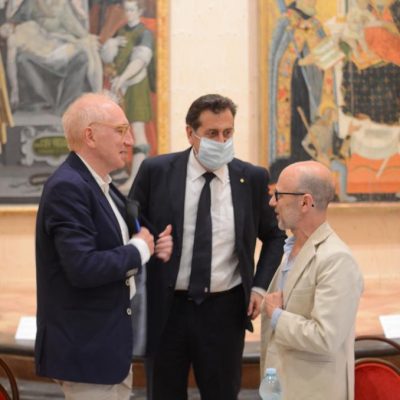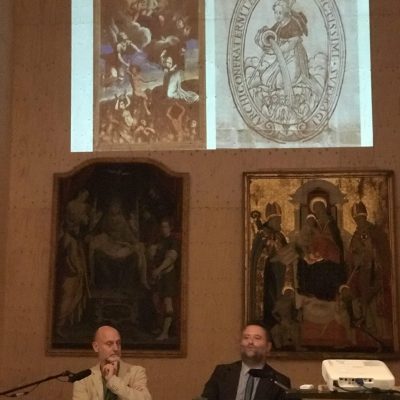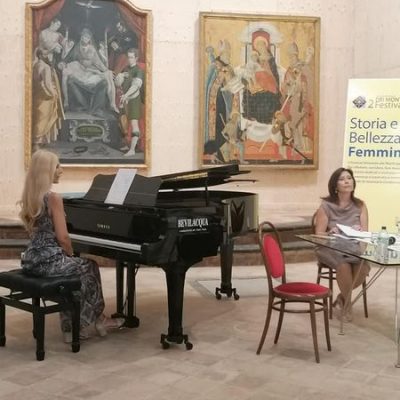The land of Sanginesio, known over the centuries for being a center of culture and a place dedicated to the education of the new generations, pays homage to the great poet and father of the Italian language, Dante Alighieri (Florence 1265 Ravenna 1321), also with this small exhibition that is inspired by his major work in the vernacular.
The Divine Comedy has been the subject of study for seven centuries and, with his almost cinematographic figurative language that transforms theological concepts into symbols and images of immediate visual grasp, it influences the imagination of readers and feeds the imagination of artists in the composition of works intended for popular devotion.
This imaginative heritage that has innervated the culture of the Middle Ages, after the interlude of serene humanistic classicism, the day after the Council of Trent (1545-1563) returns overbearing in the canons and precepts of the Catholic Counter-Reformation propagated by various means, not excluded the pictorial works destined to represent the new confessional needs of the Rome of the Popes.
With the focus on details, that escape the overall vision of the pictorial evidence of the Sanginesino heritage, it is intended to illustrate the impact of Dante's figurative invention of the Divine Comedy on some painters from different backgrounds who contribute to the ornamentation of local churches. Therefore the devils flying archers are emphasized, souls awaiting eternal salvation and angelic hierarchies, in an attempt to approach the language of the various artists with the angelic creatures of evil and good, executors of the divine will in the three canticles of Hell, of Purgatory and Paradise.
The homage to Dante thus becomes functional to the promotion of the works themselves, even more so in a circumstance like this of the earthquake that, made all the sacred buildings of the Borgo uninhabitable, prevents the use of the cited works, mostly donated in the past by the generous community, and now placed in the major churches where they are kept thanks to the diligence of their priests.
The dutiful homage to Dante Alighieri is completed by a limited presentation of various editions of works and biographies from the San Ginesio Municipal Library together with some didactic manual or guide to the study of his works., texts from the former local Reading Center and collected in the past for the use of teachers of the pre-internet generation.
International Center for Gentilian Studies

